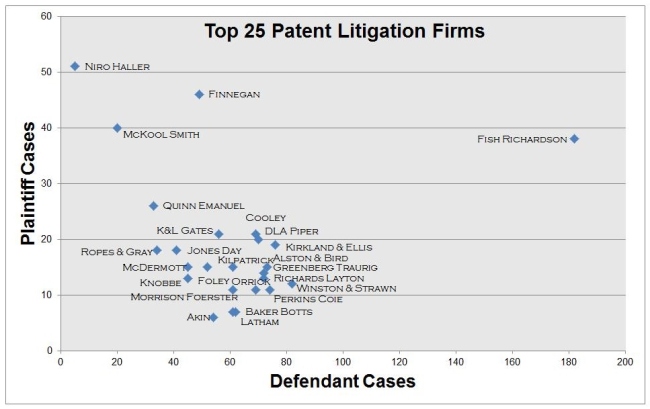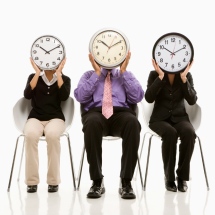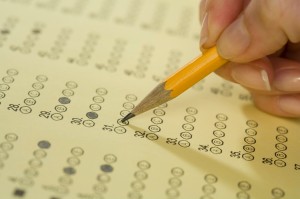According to the 2013 LegalView Legal Market Index, and a corresponding article by Aric Press for AmLaw Daily, three major trends emerged in 2013 among the AmLaw 200: (1) the overall corporate spend on legal work declined by 5%, (2) firms in the second hundred gained market share from the first hundred, and (3) firms were able to slightly increase their billing rates after an extended period of little to no rate growth.
LegalView’s survey is based on a legal spend and trends seen among 70 of the AmLaw 200’s major clients, 33 of which are Fortune 1000. The survey is somewhat unique however in that, according to Press, “it is based on actual dollars paid by clients, not on surveys of law firm billings”.
Among the many findings of the survey, which looked at totals from Q1-Q3, the following stood out:
- Total legal spend dropped 2% from $1.89B to $1.85B
- Total hours billed dropped 5% from 6.1M to 5.8M
- Among the top hundred, hours were down 6.4% and fees down 3.5%
- For the second hundred, hours were up 6.2% and fees up 3.3%
- Outside the AmLaw 200, hours were down 5.7% and fees down 2.5%
- Average billable rates increased by 3%
- AmLaw 100 billing rates increased from $466-$480
- AmLaw second hundred billing rates increased from $338-$348
- Outside the AmLaw 200, billing rates increased from $233-$241
To put this in perspective, take a look at the following 2 charts. Here we can clearly see that the AmLaw second 100 gained in market share, while rates across all firm categories increased by 3%.

 It would also be interesting to see what the numbers look like in terms of market share once New York firms are factored out of the Top 100. By many accounts, New York firms did quite well in 2013, so the percentages for hours lost and fees collected are likely skewed by being significantly lower among various non-New York AmLaw 200 firms. Even so, the overall percentage of market share is still strongly in favor of the Top 100. Says Press: “The AmLaw 100 accounted for 40.9% of the total spending, a decrease of 0.7%,” while the “AmLaw second hundred increased their share by a full percentage point, taking 11.5% of the $1.8B clients paid.” However, if the demand for legal work and where it is going continues to shift in favor of the AmLaw second hundred, it will be interesting to see how the top 100 and firms outside the 200 respond.
It would also be interesting to see what the numbers look like in terms of market share once New York firms are factored out of the Top 100. By many accounts, New York firms did quite well in 2013, so the percentages for hours lost and fees collected are likely skewed by being significantly lower among various non-New York AmLaw 200 firms. Even so, the overall percentage of market share is still strongly in favor of the Top 100. Says Press: “The AmLaw 100 accounted for 40.9% of the total spending, a decrease of 0.7%,” while the “AmLaw second hundred increased their share by a full percentage point, taking 11.5% of the $1.8B clients paid.” However, if the demand for legal work and where it is going continues to shift in favor of the AmLaw second hundred, it will be interesting to see how the top 100 and firms outside the 200 respond.












